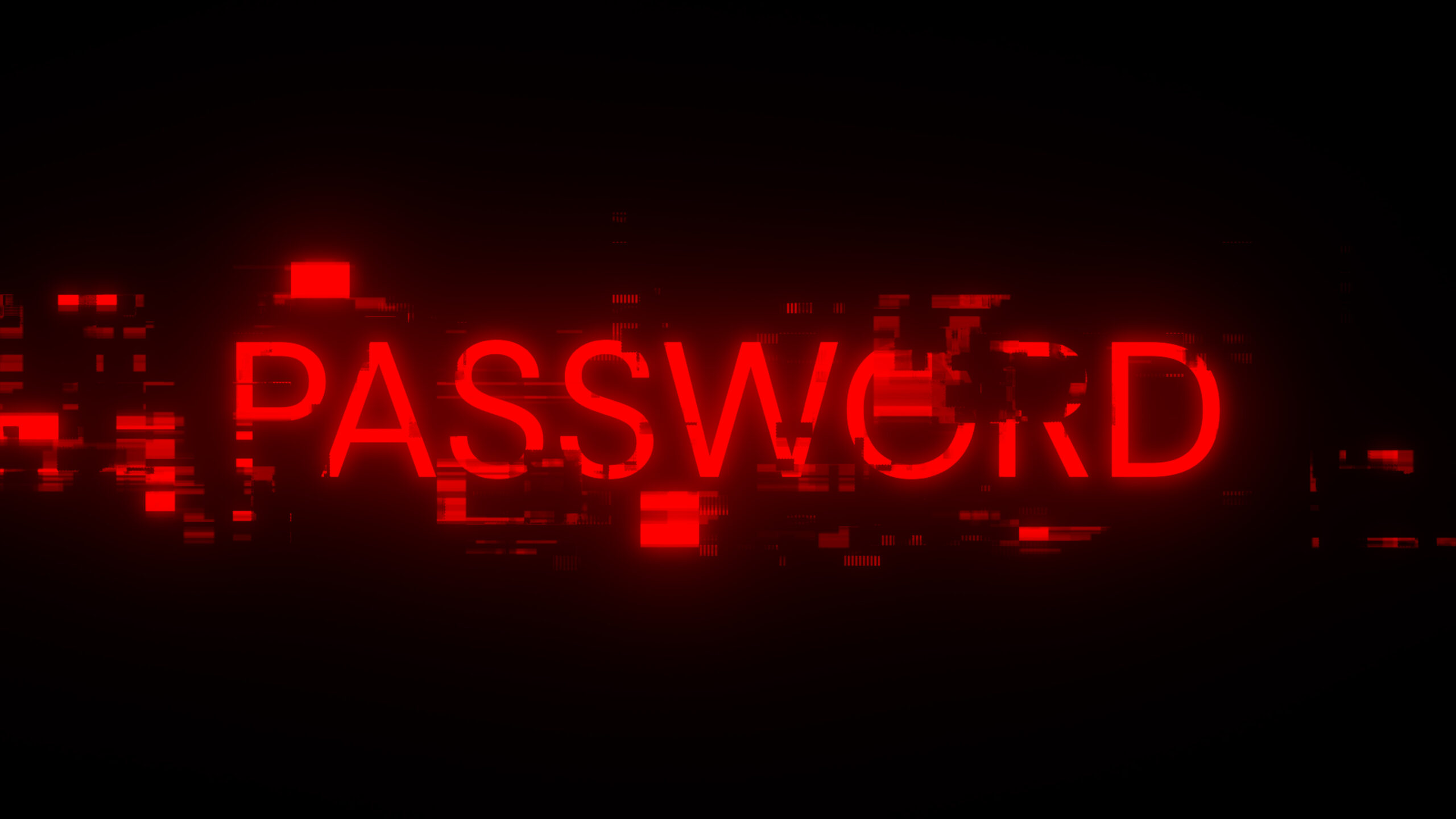Recent reports have circulated regarding what has been dubbed the “mother of all breaches.” However, a closer examination reveals that this incident is not a novel data breach but rather a compilation of previously leaked credentials, primarily acquired through infostealers, data breaches, and credential stuffing attacks.
This situation highlights that the exposed credentials were not obtained from fresh compromises of the involved websites. Instead, these credentials have potentially been in circulation for an extended period, if not years. Cybersecurity firms, researchers, or threat actors likely compiled this information into a database that was inadvertently exposed online.
Cybernews, the outlet that discovered this exposed compilation, reported that the data was stored in a format commonly associated with infostealer malware, although specific samples were not disclosed.
**Understanding Infostealers**
Infostealer malware is designed to harvest sensitive information such as credentials, cryptocurrency wallet details, and other private data from infected devices. This category of malware has emerged as a significant threat, contributing to breaches globally.
Running on both Windows and Mac operating systems, an infostealer operates by collecting all available credentials stored on the device. This gathered information is compiled into what is known as an “infostealer log.”
**What Is an Infostealer Log?**
Typically, an infostealer log is structured as an archive consisting of multiple text files containing stolen data. Each text file comprises lists of credentials stolen from web browsers, file systems, and various applications.
**Example Format of Stolen Credentials**
Source: BleepingComputer
Stolen credentials are generally stored in a simple, organized format:
URL:username:password
Variations may include using different delimiters such as commas, semicolons, or dashes. A few examples of how an infostealer logs stolen credentials include:
https://www.facebook.com/:[email protected]:Databr3achFUd!
https://www.bank.com/login.php:jsmith:SkyIsFa11ing#
https://x.com/i/flow/login:[email protected]:StayCalmCarryOn
If a device is compromised by an infostealer, it can steal all stored credentials, compiling them into the log for later use by threat actors. These logs are typically uploaded to a remote server where the credentials can be leveraged for additional attacks or sold in cybercrime marketplaces.
The prevalence of infostealer infections has escalated to the point where compromised credentials are now one of the primary vectors for network breaches. In response, law enforcement agencies around the globe have intensified their efforts against these cybercrime operations, leading to initiatives like “Operation Secure” and the disruption of notable malware such as LummaStealer.
Notably, threat actors often release large compilations of stolen data for free across platforms such as Telegram, Pastebin, and Discord. This practice serves to enhance their reputation within the cybercriminal community or to entice potential customers with previews of paid offerings.
**Statistics on Credential Leaks**
Source: BleepingComputer
The sheer volume of freely shared credentials is staggering; a single reported archive of 1,261.4 MB contained over 64,000 credential pairs. Thousands, if not hundreds of thousands, of similar archives circulate online, which represent billions of compromised credential records.
Many of these archives likely contributed to the extensive database briefly exposed and analyzed by Cybernews. Historical examples of credential leaks include the RockYou2024 breach, which exposed over 9 billion records, and “Collection #1,” accumulating more than 22 million unique passwords.
Despite the media fervor, there appears to be no evidence suggesting that this particular compilation contains new or unseen data.
Proactive Measures for Protection
Given the reality of credential leaks tied to infostealers, data breaches, and credential stuffing attacks, it is critical to adopt robust cybersecurity practices.
First, conduct a thorough scan of your device using a reputable antivirus program to rule out any infostealer presence before changing any passwords. Entering new credentials while infected can lead to immediate compromise.
Once you have established that your system is secure, focus on enhancing your password management strategy. Utilize unique, strong passwords for each of your accounts, and consider employing a password manager to securely store and organize these credentials.
It’s important to recognize that even the strongest, unique passwords are not foolproof against risks such as hacking, phishing attacks, or malware infections. Therefore, implementing two-factor authentication (2FA) is essential. Use an authentication app, such as Microsoft Authenticator, Google Authenticator, or Authy, to manage your 2FA codes. Some password managers, like Bitwarden and 1Password, also integrate authentication functionalities, providing a streamlined approach to password and 2FA management.
2FA significantly enhances account security by requiring a second piece of information beyond just your password. This means that even if a password becomes compromised, threat actors cannot gain access to the account without the additional 2FA code.
As a best practice, refrain from using SMS texts for 2FA codes, as this method is vulnerable to SIM-swapping attacks that could allow an attacker to hijack your phone number.
With the potential for widespread credential leaks, it’s likely that some readers may find their credentials present in the exposed compilations. However, it’s crucial to approach this situation calmly. Instead of frantic password changes, view this as an opportunity to refine your cybersecurity hygiene.
To determine if your credentials have been compromised in known breaches, utilize services such as Have I Been Pwned. If you discover that you’re using the same password across multiple platforms, now is the ideal time to transition to unique passwords to mitigate the risk posed by future leaks.
Adopting these proactive measures can significantly reduce the likelihood of being adversely affected by such cybersecurity threats.
